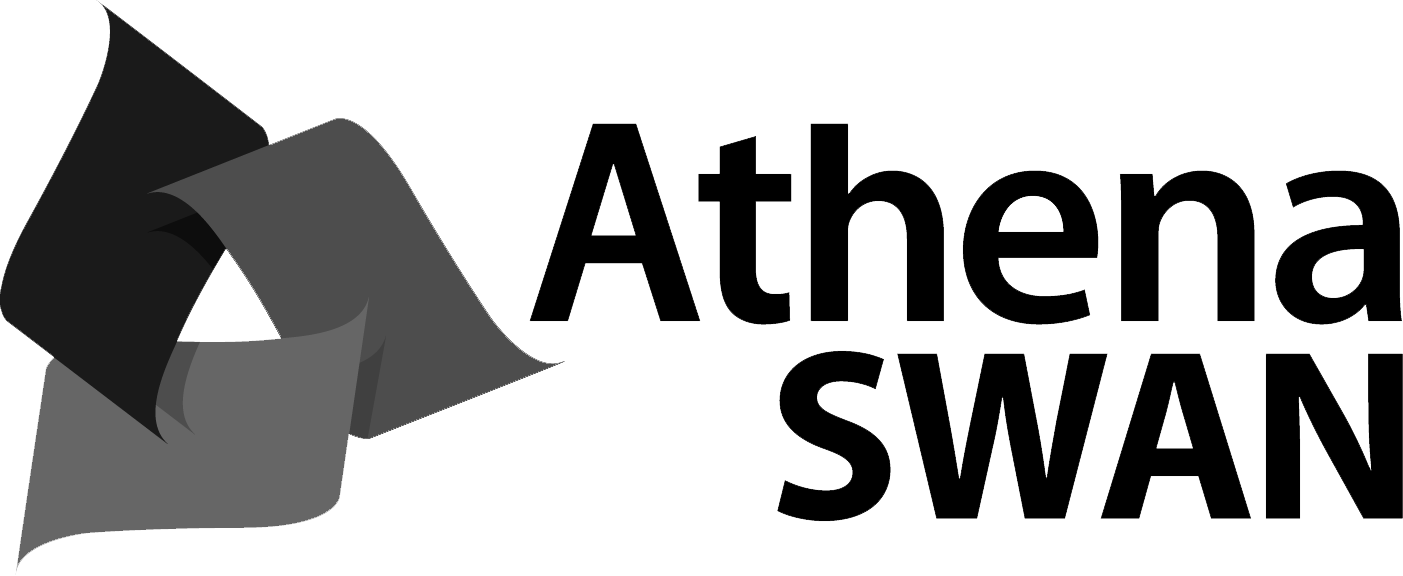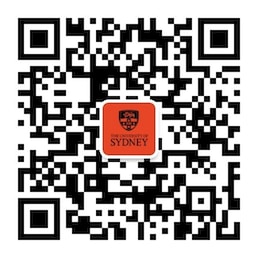This unit teaches students an understanding of the basic concepts of modelling and prototyping 3D artefacts. Students will develop skills in creating and using 3D models for real-world and virtual environments. The unit further introduces students to rapid prototyping fabrication techniques, such as 3D printing and laser cutting with the aim to understand how to prepare a digital representation of artefacts (such as digital products or packaging) for physical fabrication. Students will learn how physical artefacts are represented in 3D digital models by modelling various 3D geometric entities, and how to create photorealistic representations that accurately and efficiently describe intent, structure, and geometric and surface variations of 3D models. Key concepts covered in this unit include: boundary representations, solid and parametric modelling, texture mapping, light sources, camera locations and projections.
Unit details and rules
| Academic unit | Design Lab |
|---|---|
| Credit points | 6 |
| Prerequisites
?
|
None |
| Corequisites
?
|
None |
|
Prohibitions
?
|
None |
| Assumed knowledge
?
|
None |
| Available to study abroad and exchange students | Yes |
Teaching staff
| Coordinator | Rohann Dorabjee, rohann.dorabjee@sydney.edu.au |
|---|---|
| Lecturer(s) | Rohann Dorabjee, rohann.dorabjee@sydney.edu.au |





